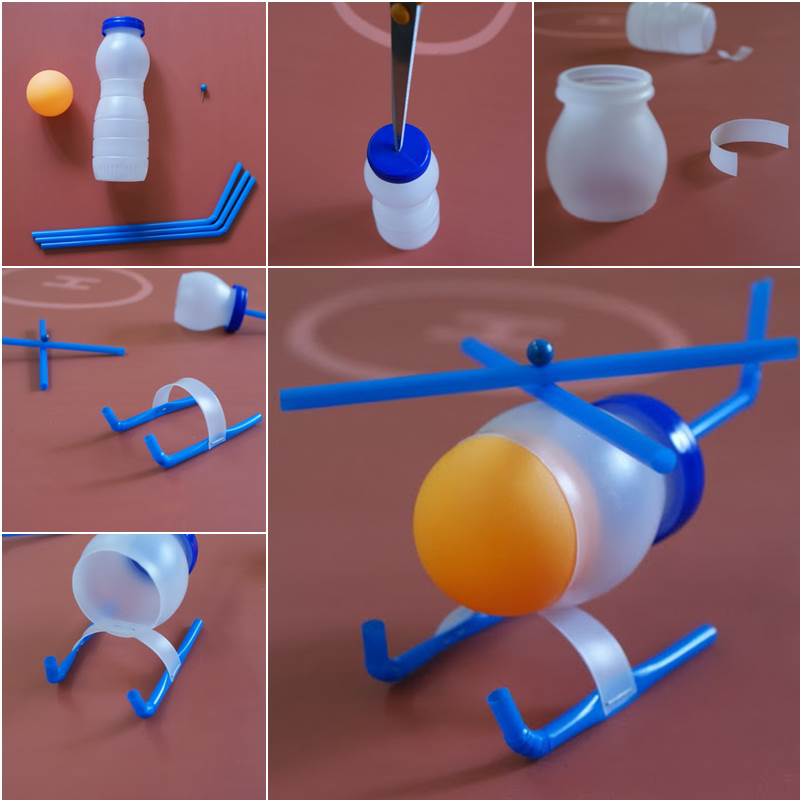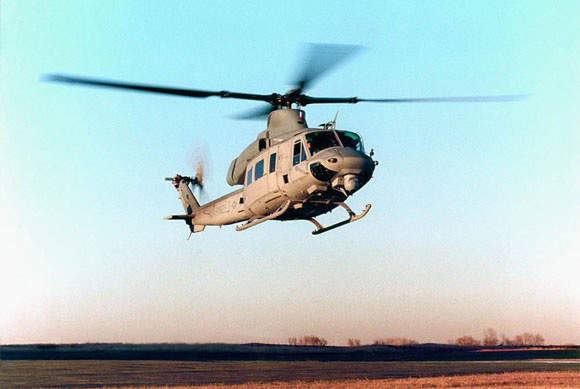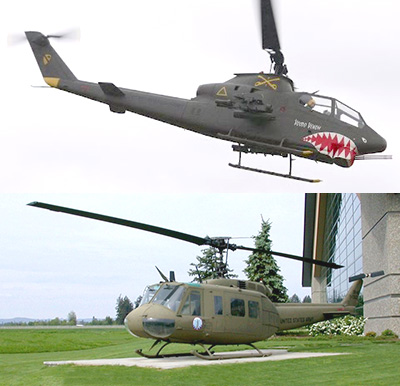

The tailbooms were also modified with strake kits and Helipro Fin Spar Mod. These aircraft have several upgrades incorporated, including the 212 Main Transmission (P/N: 212-040-001-39) and 42-DEG Gearbox (P/N: 212-040-003-23). Parts aircraft at time of RNZAF retirement are: Operational aircraft at time of RNZAF retirement are: aircraft were being utilized as parts aircraft to support the operational aircraft. of the aircraft were in operational condition and 4 ea.

At the time of retirement from service, 6 ea. That was the start of an amazing lineage which goes on today, alongside the products of Nikolai Kamov.This fleet of 10 each UH-1D/H helicopters were operated by the Royal New Zealand Air Force (RNZAF) for almost 50-years as part of RNZAF 3 Squadron. Another Russian, Mikhail Mil, created in USSR the first modern Russian helicopter in 1946. Noisy and slow it was a heavy prey but that was the start of US rotary wing saga. His S1 entered service in limited numbers in 1944 for various liaison, transport, evacuation and reconnaissance missions. From 1941 a Russian Emigré named Igo Sikorsky created the first practical true helicopter in the USA with the VS300 in 1939. However this war saw the apparition of the first operational helicopters: German Flettner models are the best known.

The autogyro made they way into WW2 although in small quantities and always operational status. Also appeared the Gyrodyne and the cruder Rotor kite. They also had conventional surfaces and tail, albeit their main wings were quite reduced. They mixed characteristics of traditional helicopters with a rotary wing (yet crude and slow, driven by the main engine) and a plane rotary engine at the front, driving a conventional propeller. The first "practical" helicopters had a different name: They were called autogyro and appeared in Europe in Spain, Germany and other countries simultaneously. Leonardo Da Vinci designed an "aerial screw" in the 1480s. in a book called "Pao Phu Tau" describing such contraption. The first mention in the East dated back from China in the fourth century A.D. It was coined in the West by Gustave Ponton d'Amécourt in 1861 as "hélicoptère" and was anglicized. The term came from the Greek combination of helix (ἕλιξ) "spiral, whirl" and pteron "wing". The long term goal is to cover the whole of rotary wings history and models since 1900. Helicopedia is coming from a project of 2019 by David Bocquelet, Creator of Tank Encyclopedia, Naval Encyclopedia, and advisor for Planes encyclopedia.


 0 kommentar(er)
0 kommentar(er)
